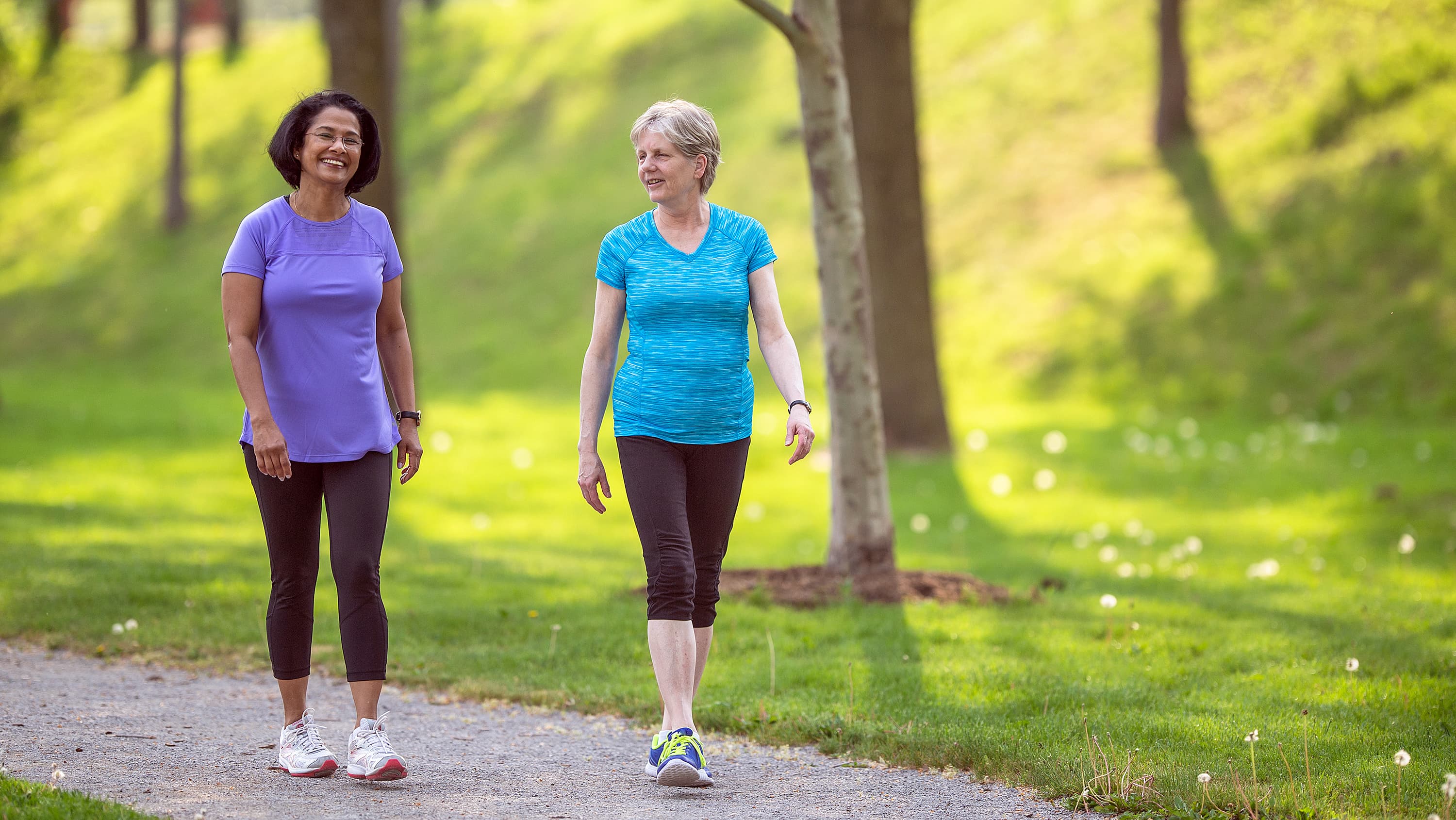University of Alberta research is creating new recovery advice for stroke patients based on a precision health approach.
“There’s a lot of associations between how much people sit, or don’t move, and health problems,” says Victor Ezeugwu, an assistant professor in the Faculty of Rehabilitation Medicine and member of the Neuroscience and Mental Health Institute whose research in clinical settings focuses on movement behaviour.
“We kind of use a one-size-fits-all approach, but we know that doesn’t work for everyone,” Ezeugwu notes. “Getting people to work at higher intensities of physical activity after stroke continues to be a major challenge. We know that increasing daily repetitions and task-specific practice drives neuroplasticity and recovery.”
Ezeugwu and his colleagues examined functional outcomes in neurological patients, such as people recovering from stroke, to test the associations between movement and changes in functional outcomes after a “sit less, move more” intervention. The findings, published earlier this year in Disability and Rehabilitation, showed that relative to a decrease in other types of movement, reallocating at least 30 minutes per day or 40 minutes per day to walking is associated with improvements in functional mobility or gait speed, respectively, after stroke.
The team is now investigating the effect of a “sit less, move more, sleep better” intervention in improving quality of life when it is implemented within seven days of the onset of stroke symptoms. They published the study protocol late last year in the journal PLOS One.
“I use theories of behaviour change that have mostly been used in healthy populations but can be applied in patient populations as well, to see how we can support patients to reduce sedentary time and be more active,” says Ezeugwu, who received the Heart and Stroke Foundation of Canada’s New Investigator Award for 2024-25.
Prolonged sedentary time is particularly harmful to health, with research showing a wide range of benefits for those able to spend less time being inactive.
“There have been studies that have shown a correlation between how much people sit and things like cardiometabolic disease, increased risk for diabetes, heart disease and some cancers,” Ezeugwu notes.
For stroke patients, recovery can come with limited movement, he explains, with some patients no longer able to exercise the ways they previously did.
“That’s why we focus more on reducing sedentary behaviour.”
Ezeugwu says most studies have focused on moderate to vigorous physical activity in chronic stroke within six months after a stroke, but have not taken into account how recovering patients are spending their whole day.
“While we know that exercise works, it only occupies a tiny fraction of the day — less than five per cent. What is often not considered is the remaining 95 per cent of the day. We need to take a step back — especially in the early stages of stroke — to begin to look at how we support people to reduce their sedentary time.”
To tailor recovery advice for patients, Ezeugwu employs a precision health approach, which uses innovative technology to take into account health-related factors that could help customize diagnosis and treatment of disease for individuals and populations.
Ezeugwu is now working to create more precision for patients using baseline activity monitoring early within the first seven days of stroke, with the hope that it will give researchers an idea of how well someone is doing.
“We are thinking that more on-the-ground, granular measurements of movement will help us predict recovery better,” he says.
Using just one marker might not be sufficient, says Ezeugwu, so the researchers think that combining two markers, such as imaging and behavioural measures, might be more precise in predicting who might do well versus those who might not.
Ezeugwu’s research is supported by Alberta Innovates, the Clinical Research Innovation Fund, the Physiotherapy Foundation of Canada and the Glenrose Rehabilitation Hospital Foundation.
